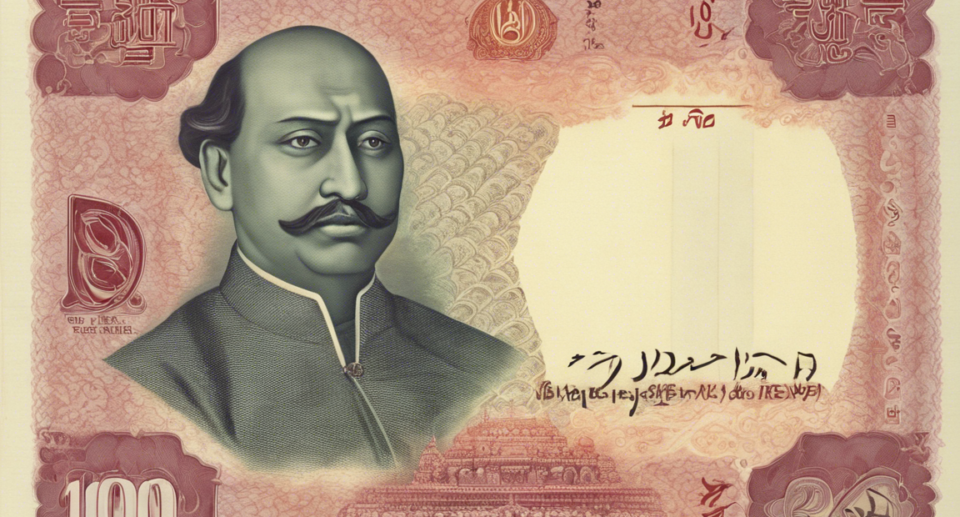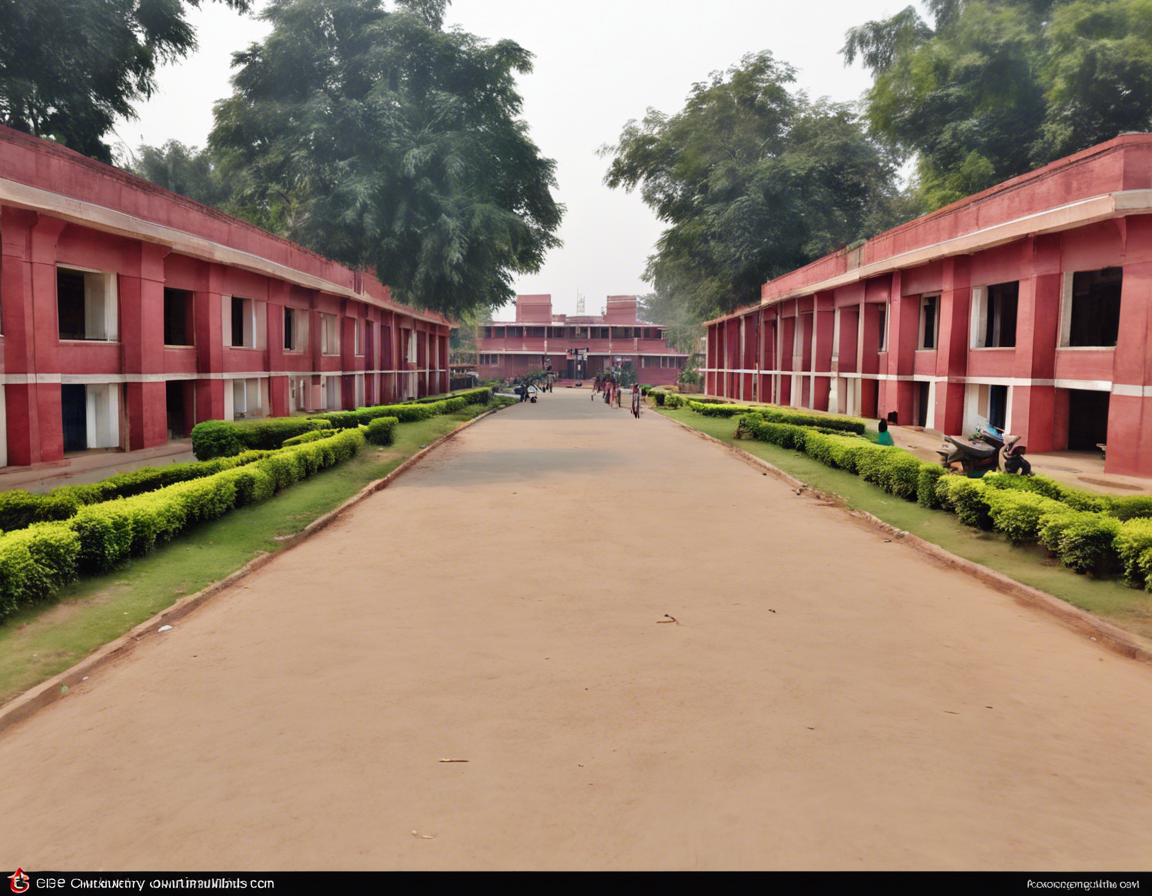The Mystery of the 1000 Rupee Note Unraveled!

Introduction
In the world of banknotes, rare and unique specimens often capture the imagination of collectors, historians, and laymen alike. The 1000 rupee note, a denomination issued by various countries, has its own share of mysteries and fascinating stories. As we delve into the origins, designs, and significance of the 1000 rupee note, we will uncover a treasure trove of history, culture, and finance.
Origins of the 1000 Rupee Note
The concept of banknotes traces its origins back to ancient China, where merchants used promissory notes as a form of payment instead of carrying heavy coins. Fast forward to the modern era, and the 1000 rupee note has become a prominent denomination in countries like India, Pakistan, Sri Lanka, Nepal, and Indonesia.
Design and Features of the 1000 Rupee Note
The design of the 1000 rupee note varies from country to country, showcasing a blend of historical figures, cultural symbols, and architectural icons. For instance, the Indian 1000 rupee note features the portrait of Mahatma Gandhi, while the Pakistani version depicts Quaid-e-Azam Muhammad Ali Jinnah.
Significance and Value
The 1000 rupee note holds significant value in the economies where it is circulated. In countries like India and Pakistan, it serves as a high-denomination banknote used for large transactions and investments. The notable security features embedded in these banknotes make them difficult to counterfeit, ensuring trust and reliability in the financial system.
Collectibility and Rarity
For numismatists and collectors, the 1000 rupee note holds a special allure due to its rarity, historical importance, and artistic value. Specimens with unique serial numbers, printing errors, or limited editions can fetch premium prices in the numismatic market, attracting enthusiasts from around the world.
Historical Significance
Throughout history, the 1000 rupee note has played a crucial role in economic transactions, trade, and commerce. From facilitating cross-border trade to symbolizing national pride, these banknotes carry a rich tapestry of stories that reflect the cultural and political landscapes of their respective countries.
Cultural Depictions
The 1000 rupee note often features cultural motifs, landmarks, and traditional symbols that resonate with the national identity of the issuing country. Whether it’s a famous monument, a revered leader, or a local landmark, these designs evoke a sense of pride and heritage among the citizens who use them in their daily lives.
Conclusion
In conclusion, the 1000 rupee note stands as a testament to the intersection of art, history, and finance in the realm of banknotes. Whether cherished for its aesthetic appeal, monetary value, or cultural significance, this denomination continues to captivate the imagination of collectors and aficionados worldwide. As we unravel the mysteries and stories behind the 1000 rupee note, we gain a deeper appreciation for the intriguing world of numismatics and the role banknotes play in shaping our past, present, and future.
FAQs
- Are 1000 rupee notes still in circulation?
-
Yes, in countries like India, Pakistan, Sri Lanka, and Nepal, the 1000 rupee note remains a legal tender used for various transactions.
-
Can I exchange 1000 rupee notes for other currencies at banks?
-
Most banks in countries where the 1000 rupee note is used accept these banknotes for currency exchange services.
-
Do 1000 rupee notes have any special security features?
-
Yes, modern 1000 rupee notes come equipped with security features such as watermarks, security threads, color-shifting inks, and microprinting to prevent counterfeiting.
-
Are there any valuable 1000 rupee notes that collectors seek?
-
Certain rare editions, printing errors, or limited releases of 1000 rupee notes can fetch high prices in the numismatic market due to their collectibility.
-
What is the history behind the introduction of the 1000 rupee note?
-
The issuance of 1000 rupee notes dates back to the early 20th century when countries began introducing higher denomination banknotes to facilitate large-scale transactions and monetary reserves.
-
How can I care for my 1000 rupee notes to preserve their value?
-
Store your 1000 rupee notes in a cool, dry place away from direct sunlight, moisture, and contaminants. Using protective sleeves or holders can also prevent damage and deterioration over time.
-
Are there any famous instances where the 1000 rupee note played a significant role in a country’s economy?
-
The 1000 rupee note has been involved in various economic milestones, from currency reforms to financial crises, shaping the monetary policies and banking systems of different nations.
-
Can I find 1000 rupee notes with unique serial numbers or special markings?
-
Yes, some 1000 rupee notes may have unique serial numbers, printing varieties, or commemorative stamps that make them stand out among regular banknotes, attracting both collectors and investors.
-
What factors determine the value of a 1000 rupee note in the numismatic market?
-
The rarity, condition, age, historical significance, and demand among collectors are key factors that influence the value of a 1000 rupee note in the numismatic market.
-
Where can I learn more about the history and design of 1000 rupee notes from different countries?
- Numismatic museums, online numismatic forums, banknote exhibitions, and specialized numismatic publications are excellent sources to explore the diverse world of 1000 rupee notes and their captivating stories.





